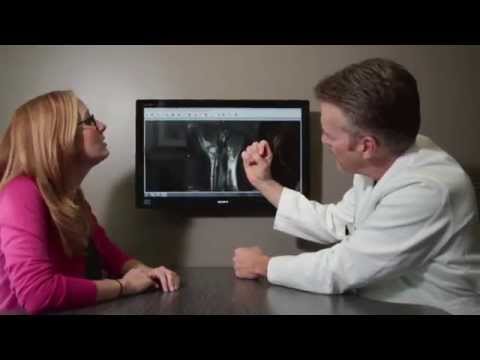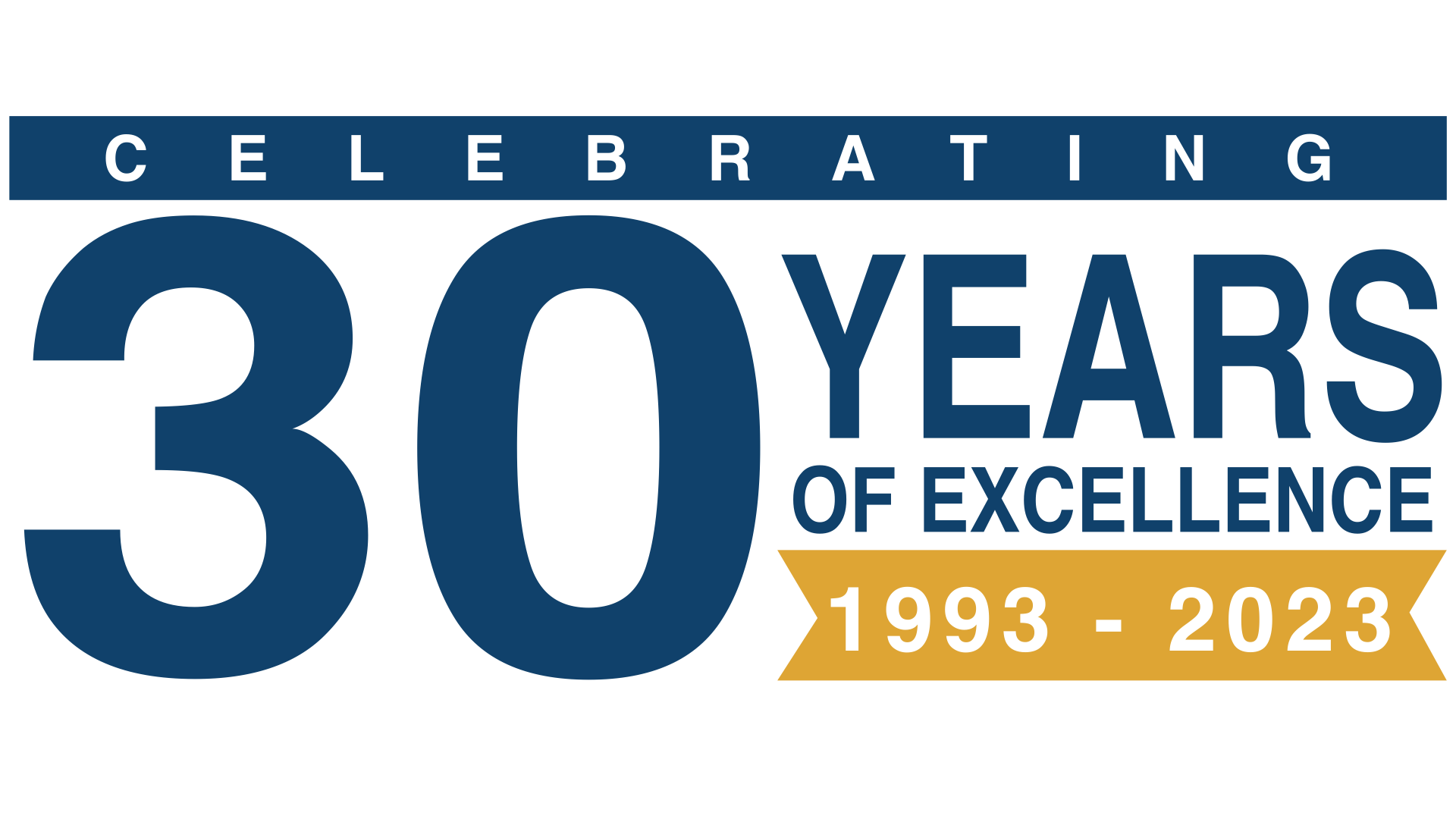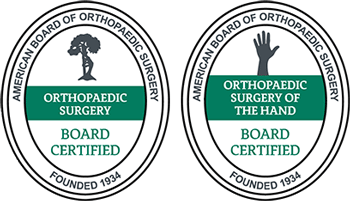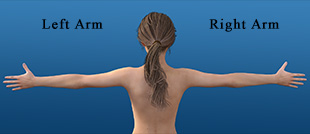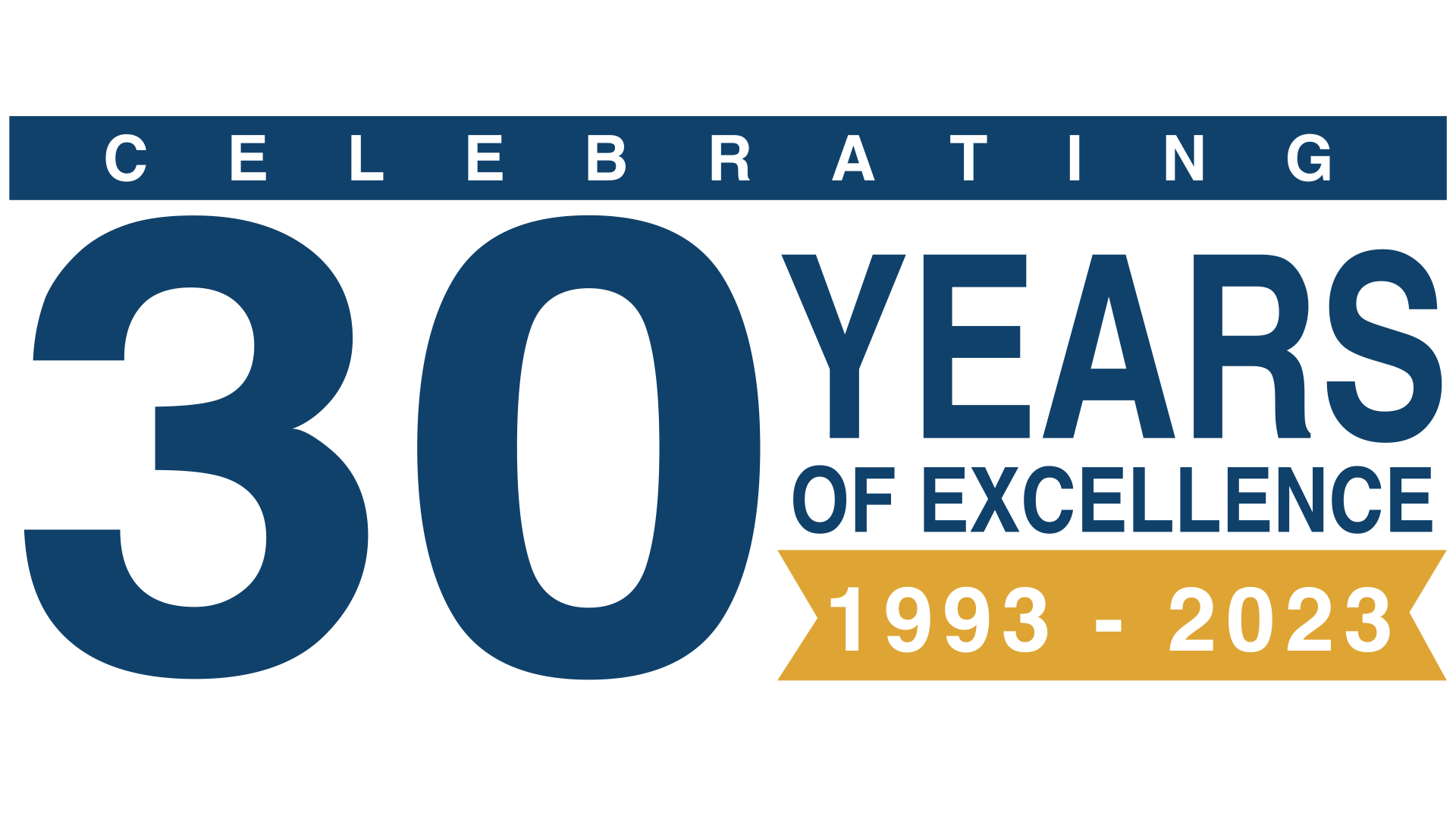Torn Ligament in Wrist Recovery Time
Your wrists are constantly at work in conjunction with your hands and all their movements. If this complex part of your body suffers a sharp impact or is subjected to repeated overuse, you may suffer from a torn ligament. You could face a brief or extended recovery time, depending on the nature of your injury. Here’s what you need to know.
Contents
Understanding Torn Ligaments in the Wrist
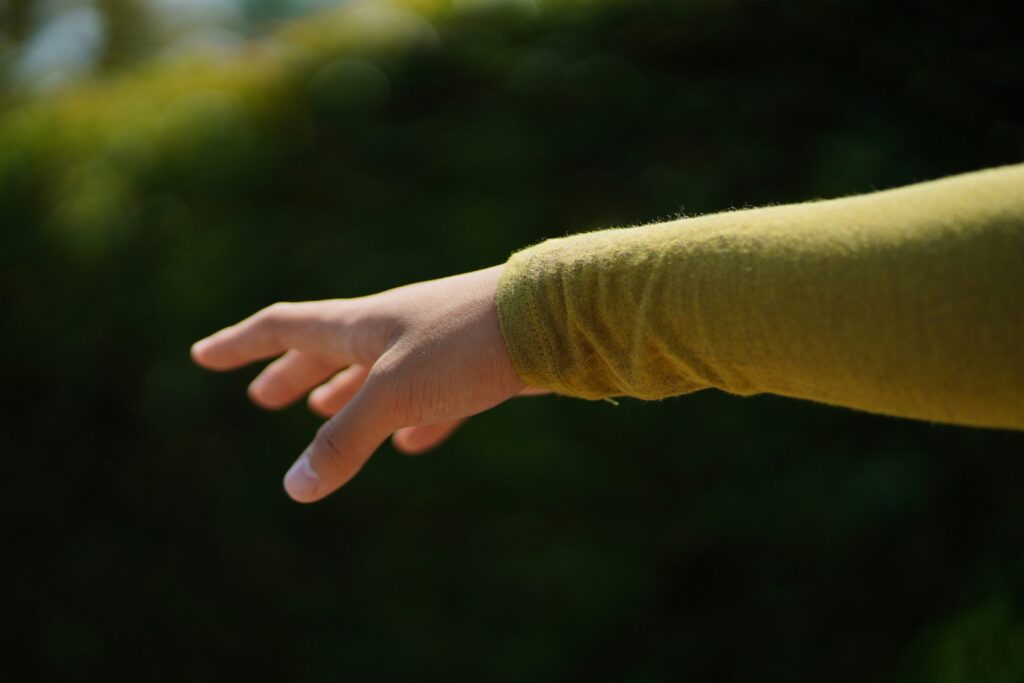
a person’s hand reaching for something in the air by Luigi Estuye, LUCREATIVE® is licensed with Unsplash License
Wrist ligaments connect the small carpal bones in the wrist to bones in the forearm and hand. The wrist contains eight carpal bones arranged in two rows. The distal row connects the wrist to the hand, while the proximal row connects the wrist to the forearm. The ligaments facilitate comfortable motion when they’re healthy. If they’re stretched beyond that range, you may suffer from a wrist ligament injury.
There are three degrees of wrist ligament injuries:
- Grade 1: The ligament is stretched but not torn, resulting in a minor wrist sprain.
- Grade 2: The ligament is partially torn.
- Grade 3: The ligament is completely torn or pulled from the bone.
Causes and Symptoms of Torn Ligaments in the Wrist
Torn wrist ligaments are usually the result of a fall on an outstretched hand. The impact of the fall can put undue strain on the wrist, causing the ligaments to stretch too far and tear. You can also sustain extreme force to your hand in a car accident or while performing any activity that suddenly bends or twists the hand.
Wrist ligament injuries are more common in athletes. Activities such as basketball, baseball, skating, or gymnastics can increase your risk of falling on your hands.
Wrist ligament injuries can also result from overuse, although this is less common. If you repeatedly use your wrist in the same way, it can cause undue strain on the ligaments that eventually results in a tear.
You will often notice this injury immediately after it occurs. You may feel a tearing or popping sensation, especially if the ligament has torn completely. Symptoms typically include:
- Pain and tenderness
- Swelling
- Bruising
- Weakness
- Warmth around the injury
- Limited range of motion
- Loss of grip strength
Treatment Options for Torn Ligaments in the Wrist
It’s important to seek proper treatment for your wrist injury. If a torn ligament remains untreated, it can lead to long-term problems, including ongoing pain and stiffness, loss of range of motion, and the development of arthritis in the wrist.
The doctor will begin with a physical examination to diagnose your ligament injury. They will assess your pain, tenderness, bruising, swelling, and range of motion, and may order an MRI or X-ray to evaluate the injury further and confirm the presence of a torn ligament.
Nonsurgical Treatment
The first treatment for a minor torn ligament in the wrist is the rest, ice, compress, elevate method:
- Rest: Stop using the wrist as much as possible while it heals.
- Ice: Ice the wrist periodically throughout the day for 20 to 30 minutes at a time. Wrap the ice in a cloth to prevent harm to your skin.
- Compress: Apply pressure to the wrist by wrapping it with a compression bandage.
- Elevate: Position your wrist above heart level when you’re resting to relieve swelling.
Nonsteroidal anti-inflammatory drugs can help with pain and swelling. If the pain persists or is severe, consult your healthcare provider, who may recommend a cast or splint to further immobilize the joint.
Surgical Treatment
If the ligament is completely torn, you may need surgery. The surgical procedure will either reattach or reconstruct the ligament. Your surgeon may use a tendon graft to repair the ligament and reconnect it to the bone.
Wrist arthroscopy is a surgical treatment that immobilizes the joint internally to support healing. The surgeon makes a small incision and uses a tiny camera to thoroughly evaluate the nature of the injury. They will then pin the carpal bones in place while the ligament heals; these pins are typically removed eight weeks later.
Recovery Timeline and Tips for a Torn Wrist Ligament
A minor torn ligament that’s treated nonsurgically will usually heal within two to four weeks. Your healthcare provider will recommend stretching and strengthening exercises that you can do as your wrist heals to help promote a full recovery while retaining your strength and range of motion.
If you have surgery for a torn wrist ligament, your wrist may not heal completely for six to 12 months. For the first week or two, you may not be able to perform your work duties or complete household tasks. This is the most critical period for healing, so it is essential to follow your doctor’s recommendations and protect your wrist properly.
After two to five weeks, you should begin to regain some range of motion. Your physical therapist will provide you with exercises that you can perform throughout the day to gradually strengthen your wrist and support recovery. Physical therapy for torn ligament surgery usually lasts for at least six months. The exercises will increase progressively to include low-impact activities, resistance training, and coordination movements.
If you engage in sports, you may start sport-specific training one to three months after surgery. Every patient and injury is different, so it’s important to follow your doctor’s recommendations and avoid overexertion.
Preventing Wrist Ligament Injuries
If you engage in sports or other activities that put repeated strain on your wrists, such as gardening or manual labor, it is essential to stretch your wrists properly before you begin. Flexing and extending your wrists can warm up the joints and help prevent injuries. Wearing a wrist support may help prevent some ligament injuries when playing sports.
Make an Appointment With The Hand and Wrist Institute Today
Every individual is unique, so it’s impossible to determine your exact wrist recovery time without a professional evaluation. Contact The Hand and Wrist Institute today for a personalized answer to this question. We’ll let you know exactly what to expect as we help restore your wrist to optimal strength and range of motion.



